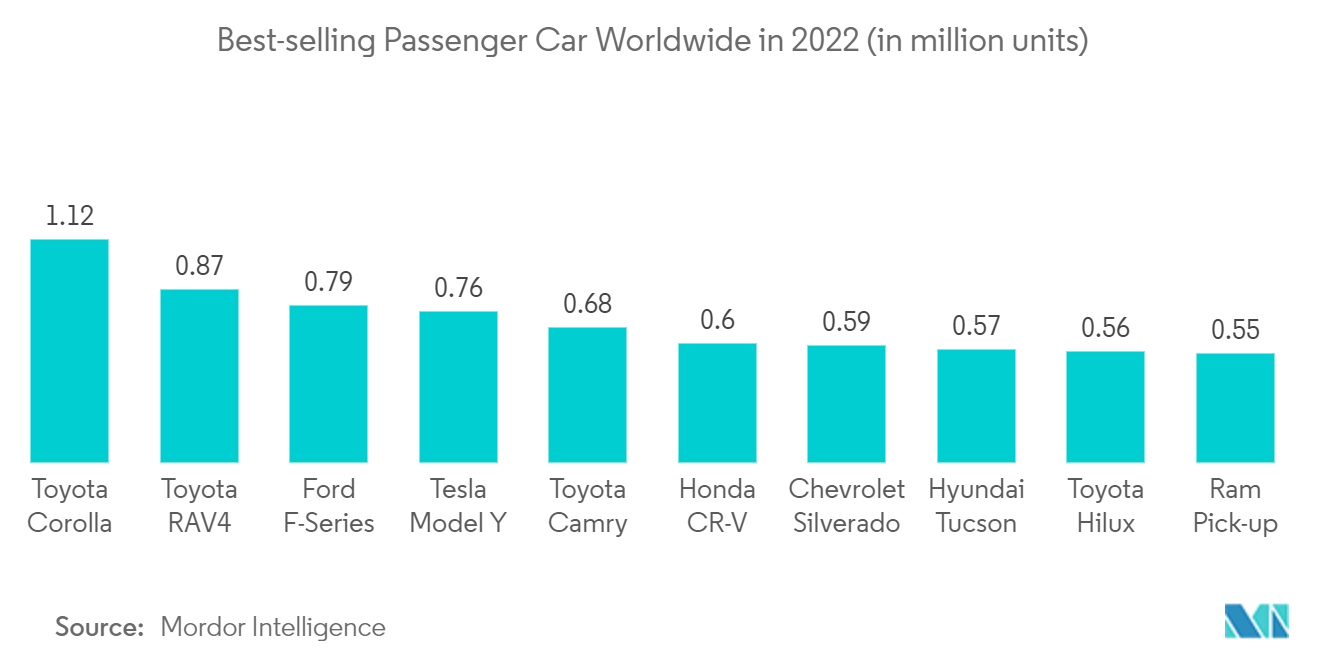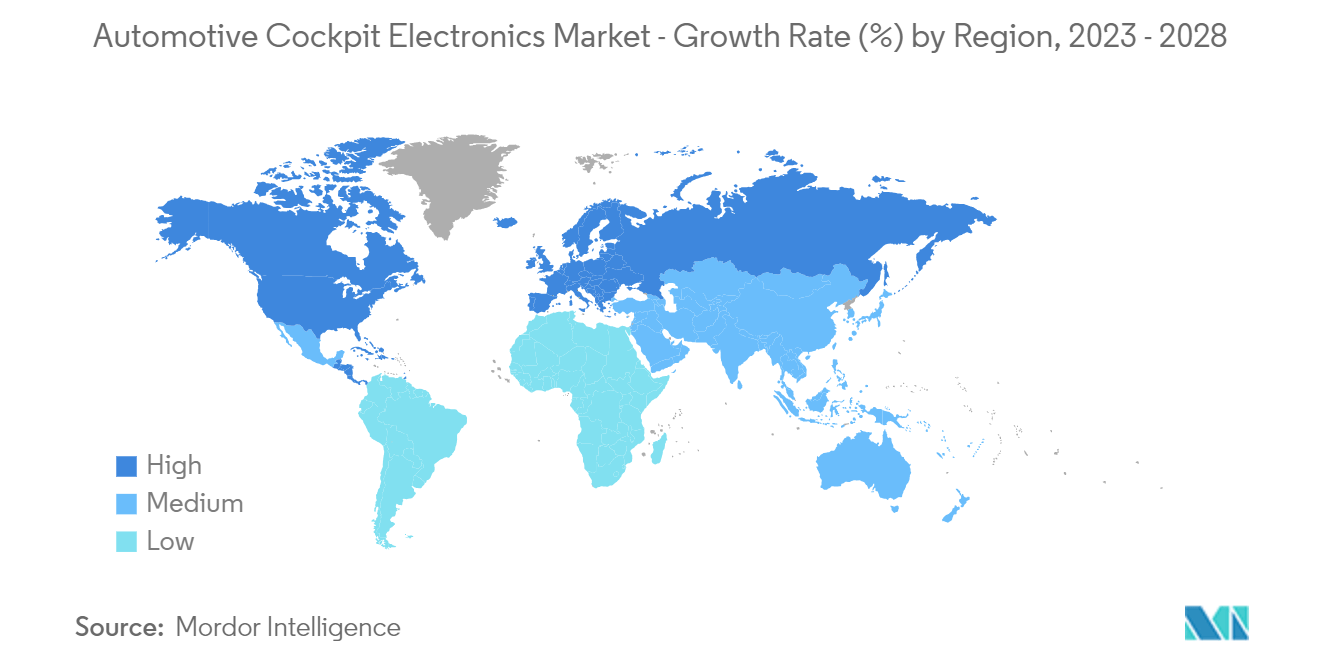Market Trends of Automotive Cockpit Electronics Industry
Increasing Customer Preference for In-Dash Navigation System
Over the past few years, there is a significant increase in customer preference for in-dash navigation systems in their vehicles. Several factors, including advances in technology, the growing popularity of GPS-enabled smartphones, and the desire for a seamless and convenient driving experience, are driving this trend. Customers prefer to buy top-end models in the series of cars to experience all the features.
One of the primary benefits of in-dash navigation systems is that they offer a more reliable and accurate way to navigate than using a smartphone app or paper maps. With an in-dash navigation system, drivers can easily access turn-by-turn directions, real-time traffic updates, and information on nearby points of interest. It helps drivers reach their destination more quickly and efficiently and reduces the risk of getting lost or stuck in traffic.
In addition to providing better navigation capabilities, in-dash systems also offer a more integrated and intuitive user experience. Most modern systems feature large, high-resolution touchscreens that are easy to use and provide access to a range of features beyond navigation, such as entertainment, climate control, and vehicle diagnostics. It makes it easier for drivers to stay focused on the road and reduces the need to fumble with separate devices or apps while driving. For instance,
- In February 2023, MapmyIndia launched its new line of Mappls Gadgets for cars, including advanced Vehicle GPS trackers, Dash Cameras, and In-Dash navigation systems.
Another factor driving the growing popularity of in-dash navigation systems is the increasing availability of advanced features such as voice commands, predictive routing, and integration with smart home devices. For example, some systems can automatically adjust the temperature and lighting in a driver's home based on their location and driving habits. In contrast, others can use machine learning algorithms to suggest the most efficient route based on real-time traffic data.
Overall, the increasing customer preference for in-dash navigation systems reflects a growing demand for more advanced, integrated, and convenient automotive technologies. As these systems continue to evolve and become more sophisticated, we can expect to see them become an even more essential part of the driving experience in the years ahead.

North America Holds a Significant Share in the Cockpit Electronics Market
The cockpit electronics market experienced significant growth in recent years, and North America emerged as one of the leading regions for this market. The growth of this market can be attributed to several factors, including the increasing demand for advanced safety features and the rising trend of connected cars.
North America is home to some of the largest automotive manufacturers in the world, including General Motors, Ford, and Tesla. These companies are investing heavily in the development of new technologies, including advanced driver assistance systems (ADAS) and infotainment systems, which are driving the growth of the cockpit electronics market. For instance, IN FY 2022, The United States auto industry sold nearly 2.86 million cars in 2022. That year, total car and light truck sales were approximately 13.75 million in the United States.
In addition to the automotive industry, the aerospace sector in North America is also contributing to the growth of the cockpit electronics market. The region is home to some of the largest aerospace companies, such as Boeing and Airbus, which are developing advanced avionics systems for commercial and military aircraft. These systems include advanced flight displays, navigation systems, and communication systems, which are essential for ensuring the safety and efficiency of air travel.
The increasing demand for connected cars is also a key driver of the cockpit electronics market in North America. Consumers are increasingly seeking vehicles that are equipped with features such as in-car Wi-Fi, smartphone integration, and voice-activated controls. These features require advanced cockpit electronics systems, which are becoming increasingly common in new vehicles.
Furthermore, the adoption of electric and hybrid vehicles is also contributing to the growth of the cockpit electronics market in North America. These vehicles require sophisticated battery management systems, which are integrated into the cockpit electronics systems of the vehicle.
In addition, the government of the United States regulates many ADAS systems in new vehicles, such as adaptive cruise control, rear cross-path detection, and front pedestrian detection. The Insurance Institute for Highway Safety (IIHS) also announced that all new passenger vehicles would include automatic emergency braking (AEB).

